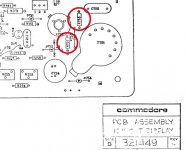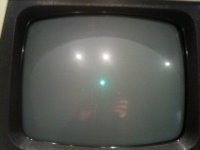int 21h
Experienced Member
I have a cheaper multimeter here which doesn't have an ohmmeter but does have continuity on it; From what I gather you put the positive cable on the middle pin and the negative cable on either of the other pins?
never mind.. it's printed on the board
never mind.. it's printed on the board



